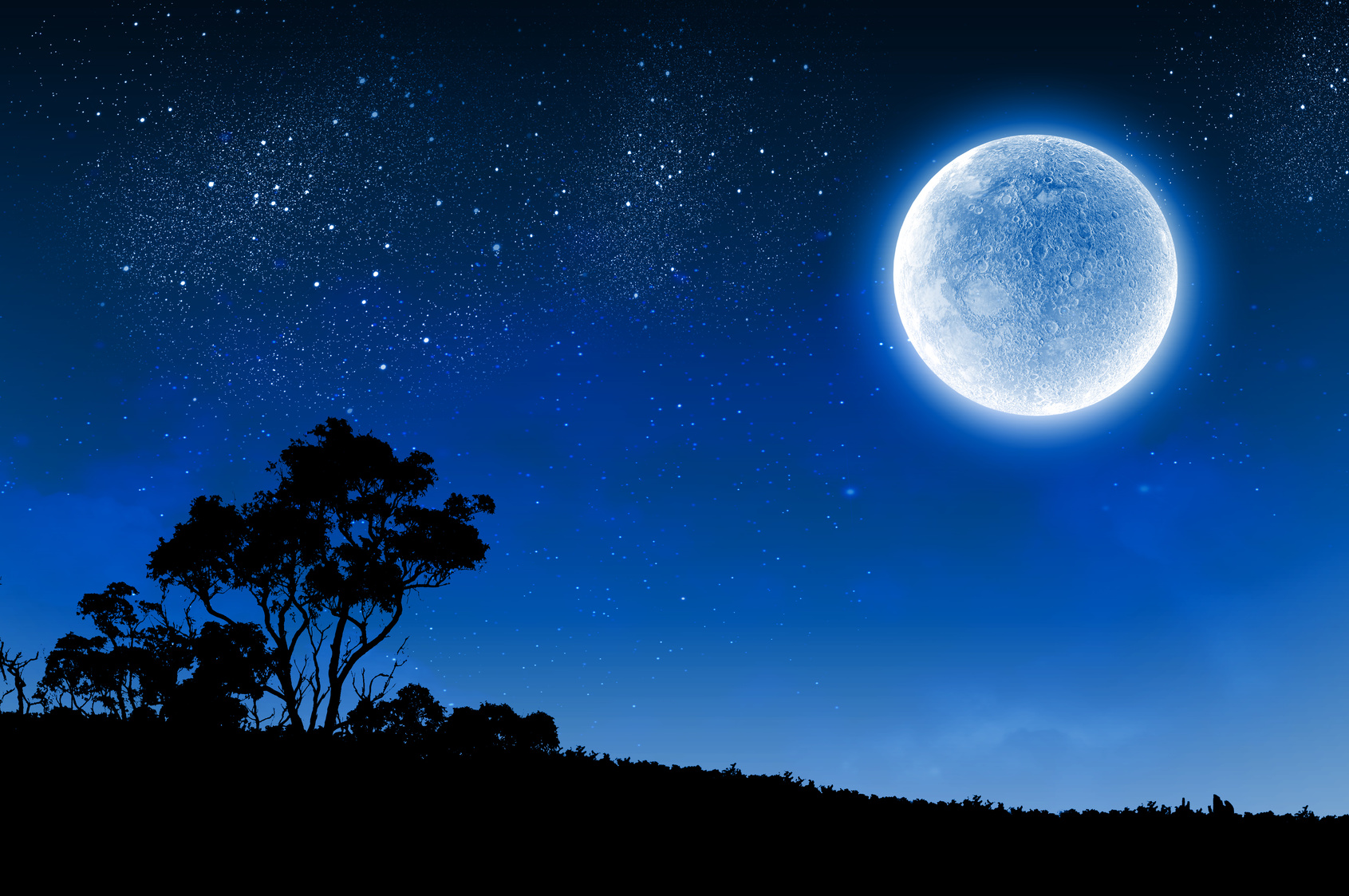
What is a Blue Moon?
Have you ever heard the phrase "once in a blue moon"? It is often used to describe something that happens very rarely. But what exactly is a blue moon?

A blue moon is commonly defined as the second full moon that occurs within a calendar month. Typically, months only have one full moon, but occasionally, a second one will occur. This is where the term "blue moon" comes from, as it is thought to be a rare occurrence.
Why is it called a Blue Moon?
Despite its name, a blue moon is not actually blue in color. The name "blue moon" is believed to have originated from an old English phrase "belewe moon," which means "betrayer moon." This is because the extra full moon would sometimes cause the timing of the following month's full moon to be earlier than expected, throwing off the natural cycles. Hence, it was seen as a "betrayer."

When is the Next Blue Moon?
The next blue moon is scheduled to occur on August 31, 2023. This will be the second full moon of the month, following the first full moon on August 1, 2023.

Types of Blue Moons
There are two types of blue moons: the calendrical blue moon and the seasonal blue moon. The calendrical blue moon is the second full moon that occurs within a calendar month, while the seasonal blue moon is the third full moon in a season that has four full moons.

Blue Moon Myths and Folklore
Blue moons have been the subject of many myths and folklore throughout history. Some people believe that blue moons are a sign of bad luck or that they have mystical powers. Others believe that they are a time for new beginnings and fresh starts.
Conclusion
In conclusion, a blue moon is not actually blue in color, but rather refers to the second full moon that occurs within a calendar month. Despite its name, it is not a rare occurrence and happens every few years. While it has been the subject of many myths and folklore, there is no scientific evidence to suggest that it has any mystical powers or significance.